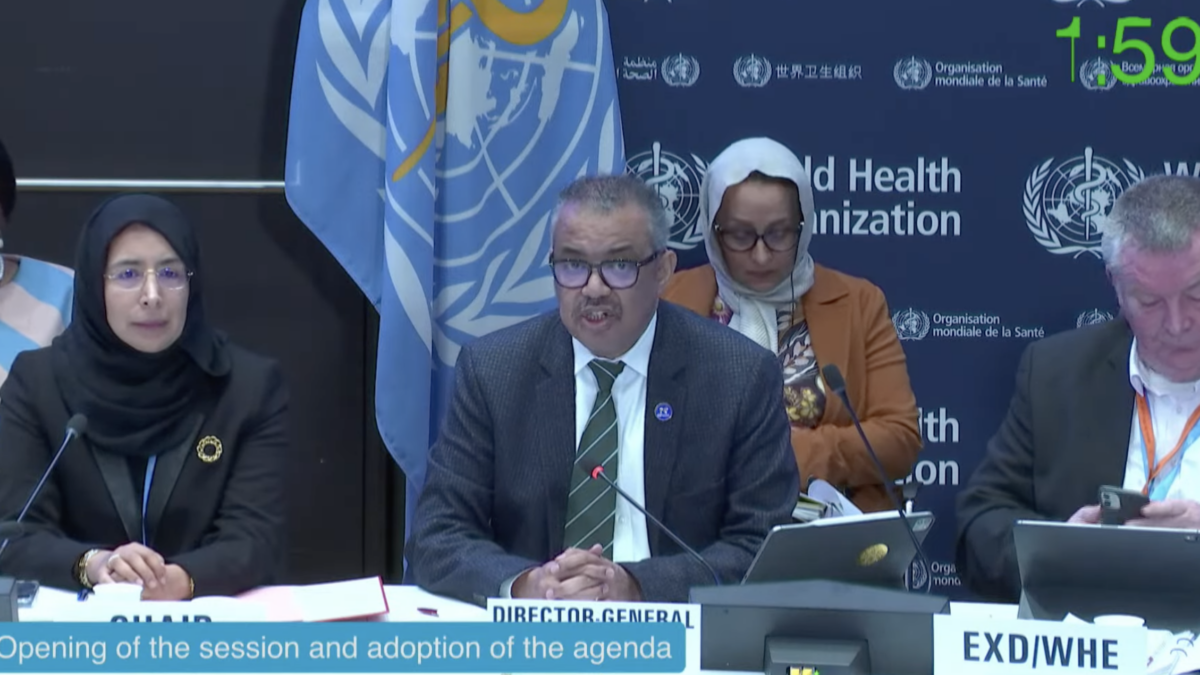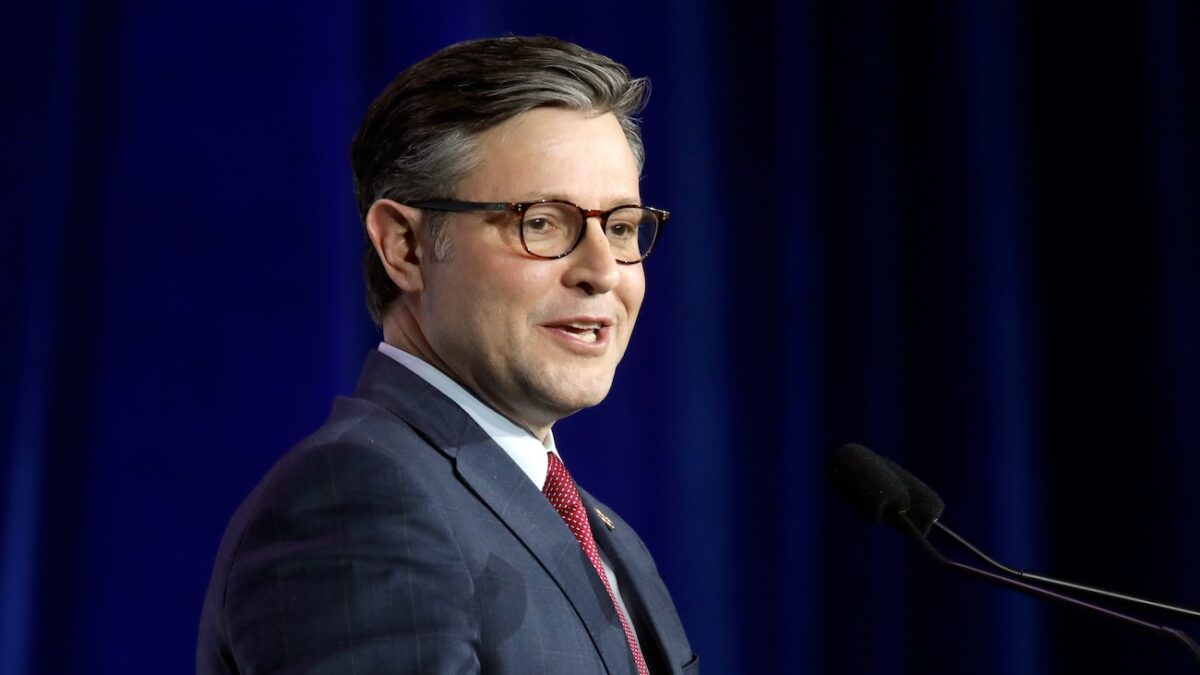
Managed, integrated medicine is all the rage these days, thanks to Obamacare. Obamacare uses Medicare funds to sponsor “Accountable Care Organizations,” for example, whose sole explicit purpose is to unite all of a patient’s care under one roof.
Aside from the more than a thousand ACOs that have sprung up, Obamacare’s onslaught of new regulations have driven the consolidation of hospitals, physicians, and insurers into health-care systems across the country. Eighty percent of all hospitals belong to such systems today. No more local family doctor or small-town hospital. The reality today for many (and the future for all) is that your insurer determines your health-care system, and in turn, your choice of provider and hospital.
Health care today is much like Netflix, which aims to house all of your entertainment needs under one umbrella. Gone are the days when you would pay five bucks to rent the movie you want on iTunes (known as “fee-for-service” in health care); today, Netflix provides a veneer of “all the movies you could want” for a flat, monthly rate (i.e. “capitated reimbursement” in health care).
Netflix has become very popular, because it is clearly cheaper, and so is managed care. The reason the ACO program has grown into the thousands over only a few years is because they get to share in the savings they create for Medicare (and thus for taxpayers), and these savings add up to a billion dollars. Yet few question how Netflix (or managed care, for that matter) can be so cost-effective.
Netflix tries not to purchase movies from others, like iTunes. They produce their own, in-house, just like a health-care system provides all of its own care instead of referring to experts outside the network. And anyone who’s spent a lot of time watching Netflix knows the quality of the programming largely sucks. Netflix had to eliminate the reviewing feature, because all of their ratings were so low.
It is difficult to similarly judge health-care quality due to its expanse and complexity. For instance, ACOs are expected to meet certain “quality metrics” to receive their reward, and in 2017, nearly 90 percent of them did. But these are metrics set by the government. As we’ve seen with Netflix, the judgments of the powers that be (Netflix film directors and producers) may not coincide with customer satisfaction.
Herein lies the essential difference between the iTunes and Netflix models. iTunes is incentivized to sell you all the movies that you want at the price they cost. Sometimes, in health care (as in media), this can result in greedy doctors offering patients too much and running up the bill for a personal profit. But overall, your interests with iTunes are aligned. It’s classic supply and demand (although health insurance does muddle a few things).
Your interests and those of Netflix, however, are polar opposites. Netflix makes money if you watch fewer movies than you pay for. They are incentivized to mass-produce entertainment as frugally as possible to entice you to join and retain their service.
There is no such thing as quality without cost. This is true of Netflix, health care, and literally everything else. Thus, to stay profitable, Netflix must appear to provide high-quality media without actually doing so.
Health care systems run under the Netflix model. You pay their insurance arm the flat fee, and then use only their facilities. It is their prerogative to make the care they provide you as inexpensive as possible, because their profit comes from the margin between what you pay and what you receive. Because the insurers own the hospitals and the physicians, they can ensure that that happens.
Earlier, we said that ACOs hit almost all of their “quality” benchmarks. Hospitals in systems (80 percent of all hospitals) do the same. And their benchmarks are determined entirely by the insurer that owns them.
One of these “quality” measures that I have encountered working in a cancer center is “the cessation of treatment 60 days prior to death.” In other words, the system considers it “high-quality” if the doctor stops treating the patient when they think he may be about to die, thus seeing to it that he actually dies. In return, the system saves money on costly therapeutic agents, and the physician receives a small reward (or at least gets to keep his job).
Insurers can also ban pharmaceutical representatives to try and keep physicians from prescribing the latest, most expensive drugs. These are but a few of numerous examples where systems do everything they can to place budget before patient under the guise of pursuing “quality.” Yes, money always mattered and always will. But health care systems actually stand to make money by squeezing a dying patient.
The crappy quality of Netflix movies is the butt of many jokes (at least for those comics not employed by Netflix). But consolidation in health care is no laughing matter. The best determiner of quality is patient choice, as is the case in all other sectors of the economy. Managed care has managed to lower the price-tag by eliminating consumer choice entirely, and replacing it with a veneer of quality that masks the penny-pinching, devastating reality.
So next time you can’t find anything decent to watch on Netflix, think of your health and go research your health care provider. Believe it or not, health-care budgeting and administration may still be more interesting than a Netflix original movie.









